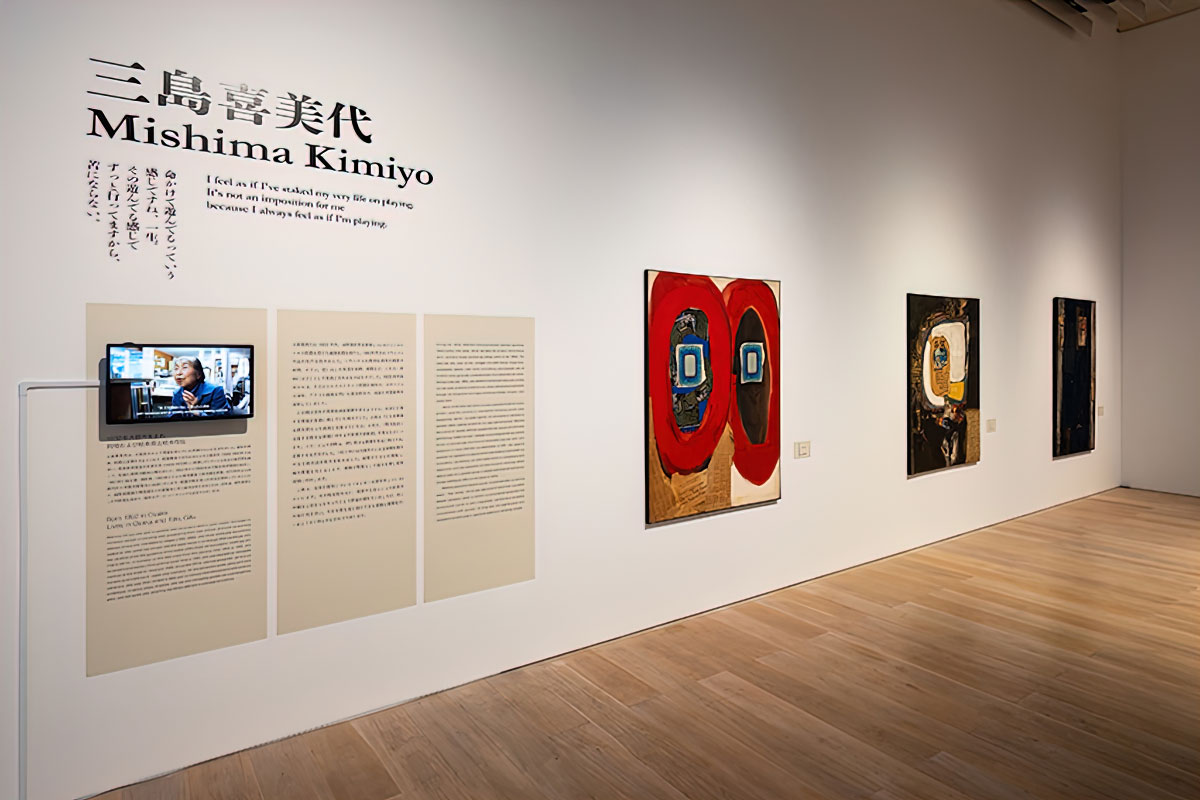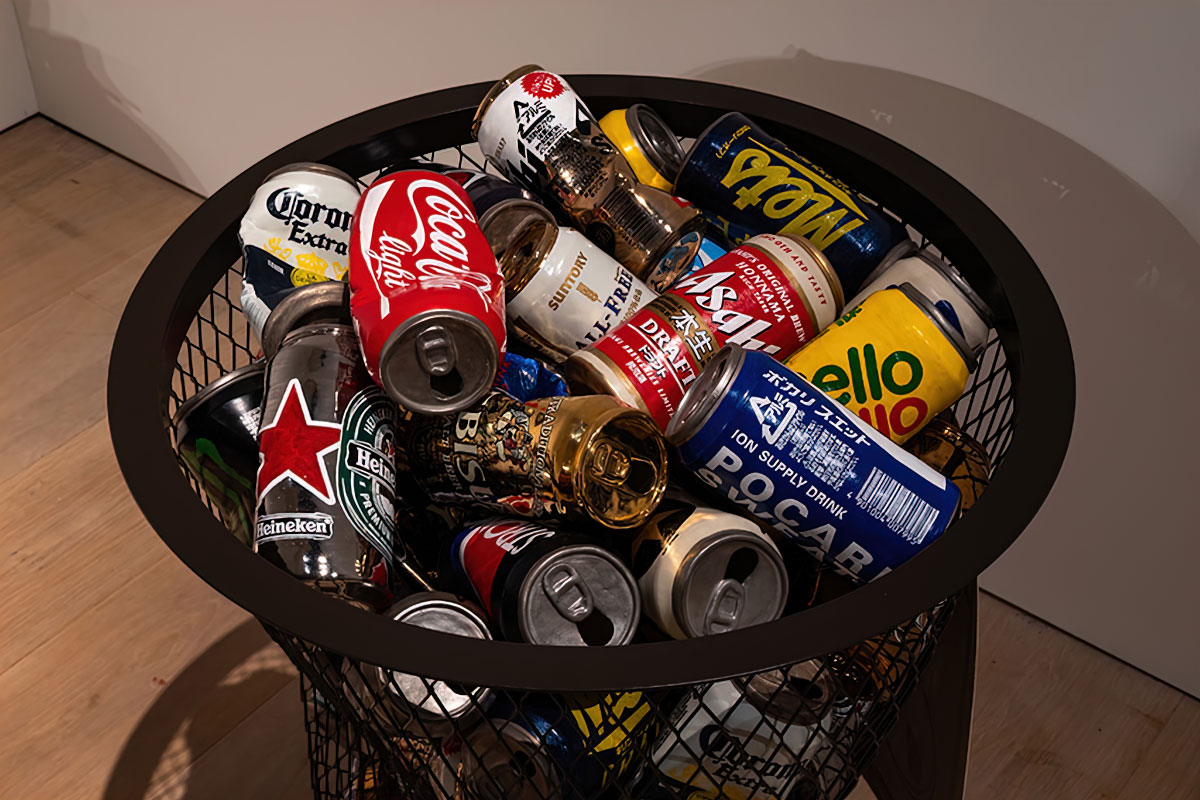ART-TRIBUTE:Another Energy-Power to Continue Challenging, Part IV
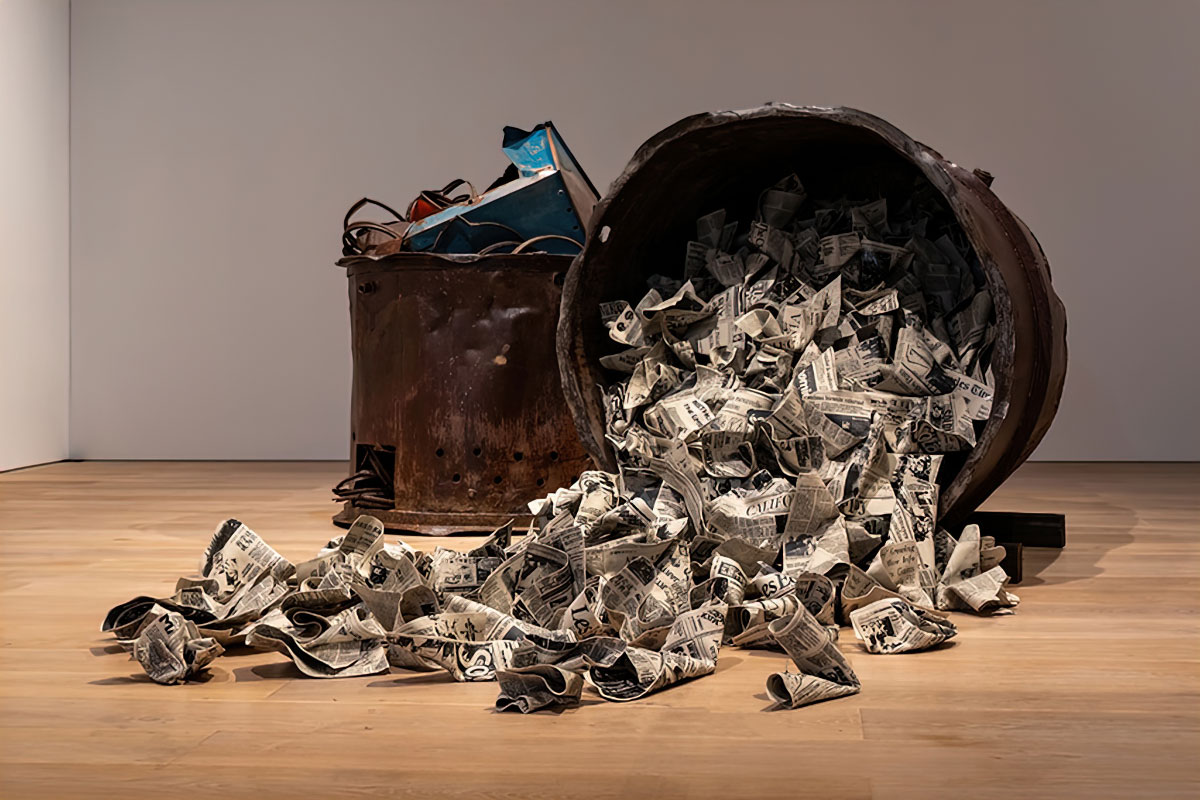 In contemporary art for the past decade or so, attention has turned increasingly to female artists who began their contemporary art careers between the 1950s and 1970s and continue to stay active as artists today. The exhibition “Another Energy: Power to Continue Challenging – 16 Women Artists from around the World” shines a light on female artists, who began their careers in the turbulent postwar years from the 1950s to 1970s, and who remain active today in 2021.
In contemporary art for the past decade or so, attention has turned increasingly to female artists who began their contemporary art careers between the 1950s and 1970s and continue to stay active as artists today. The exhibition “Another Energy: Power to Continue Challenging – 16 Women Artists from around the World” shines a light on female artists, who began their careers in the turbulent postwar years from the 1950s to 1970s, and who remain active today in 2021.
This Tribute is in four parts, focusing on four artists each time.
By Efi Michalarou
Photo: Mori Art Museum Archive
Ranging in ages 71-105 with their careers spanning over 50 years, the artists, of the exhibition “Another Energy: Power to Continue Challenging – 16 Women Artists from around the World” are originally from 14 different countries, and equally diverse in their current locations. Nonetheless, what these women share regardless of recognition or evaluation by art museums and the art market is a determination to pursue their own distinctive creative paths in turbulent environment and times. Showcasing their wide array of powerful works from paintings, video, sculptures, to large-scale installations and performances, 130 works to total, this exhibition contemplates the nature of the special strength or what one may call the driving force – “another energy” – of these artists. Amid the unprecedented condition of the world, perhaps the sight of 16 artists, who all have spent their lives walking their own paths with such immovable conviction, may offer us just the strength to tackle the ongoing challenges and to face the future with resilience and determination.
Senga Nengudi’s artistic practice combines sculpture, performance and dance. She moved to Tokyo and studied at Waseda University for a year in the 1960s, to immerse in Japanese culture and to learn about the Gutai Art Association. Since then, influences of Japanese theatrical forms such as Kabuki and Butoh, as well as West African ritual practices help build more of her visual language. Above all, a number of her sculptures produced in the 1960s-70s were intended for the moment of their presentation; thereby no longer exist. “Permanence has never been a priority for me – to the chagrin of many,” she noted in one of her statements. The objective of art, according to her, is thus not its conservation and canonization, but instead, its steady potential to be open and to continue.
An aspiring painter from a young age, Nunung WS studied fine art at the Surabaya Fine Arts Academy. Reflecting the traditional Islamic prohibition of idolatry, she has since the very beginning of her career focused on paintings in geometric abstractionism style, doing away with shapes, and layering colors, to explore its infinite possibilities. She owes a great deal of her inspiration to the mountain landscapes and sunlight of Java, and other aspects of its natural environment that surround her daily, and the spiritual qualities of that environment. Her painting also resonates with the energy dwelling in traditional textiles, where the intersection of warp and weft creates new colors.
In the 1950s soon after India’s Independence from Britain, Arpita Singh studied art in Delhi and began to show her work. During the 1970s-80s, she explored new materials and techniques through abstract drawings, and went on to exhibit at a series of shows in Europe and elsewhere amid burgeoning international interest in Indian contemporary art. In the 1990s, as text and numbers began to appear in Singh’s paintings, they developed into picture planes weaving abstract and figurative together, painterly imagery, text and numbers to form a harmonious whole, depicting fragments of the world of the sort routinely absorbed from sources such as advertising signage, TV and newspapers.
As a student, Robin White studied under the prominent figure of New Zealand Modernism Colin McCahon. Moving to the Otago Peninsula, by around 1972 she became known as one of the New Zealand regionalists, with a style characterized by bold contouring. In 1982, she moved with her family to the Pacific nation of Kiribati and lived there for 17 years, taking the opportunity to expand her concept of art by engaging in the Island’s traditional collaborative work. Recent years have seen White working actively on a series of projects alongside women from Kiribati, Fiji and Tonga and elsewhere in the Pacific.
Participating Artists: Etel Adnan, Phyllida Barlow, Anna Boghiguian, Miriam Cahn, Lili Dujourie, Anna Bella Geiger, Beatriz González, Carmen Herrera, Kim Soun-Gui, Suzanne Lacy, Mishima Kimiyo, Miyamoto Kazuko, Senga Nengudi, Nunung WS, Arpita Singh and Robin White.
Photo: Mishima Kimiyo, Work 21-A, 2021, Silkscreen on ceramic, iron, Dimensions variable, Installation view: Another Energy: Power to Continue Challenging – 16 Women Artists from around the World, Mori Art Museum, Tokyo, 2021, Photo: Furukawa Yuya, Photo courtesy: Mori Art Museum, Tokyo
Info: Curators: Kataoka Mami and Martin Germann, Mori Art Museum, 52F/53F Roppongi Hills Mori Tower, 6-10-1 Roppongi, Minato-ku, Tokyo, Japan, Duration: 22/4-26/9/2021, Days & Hours: Mon & Wed-Sun 10:00-20:00, Tue 10:00-17:00, www.mori.art.museum
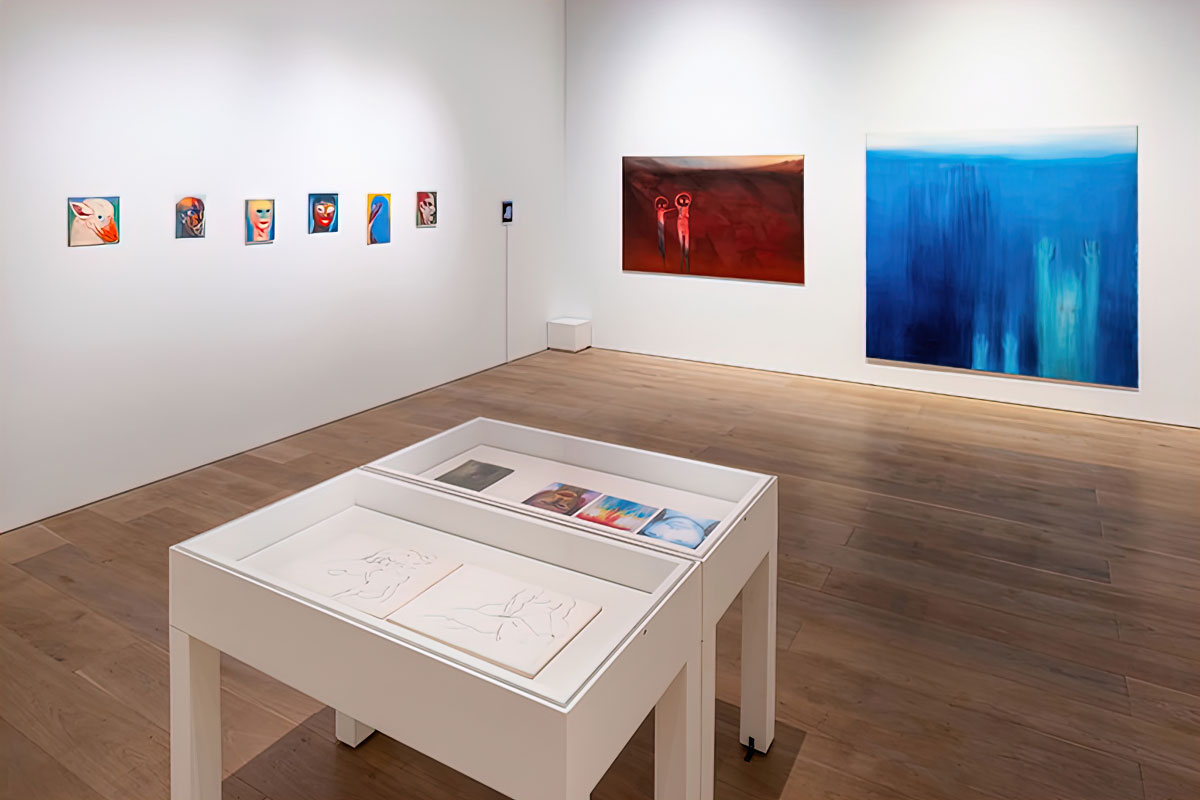
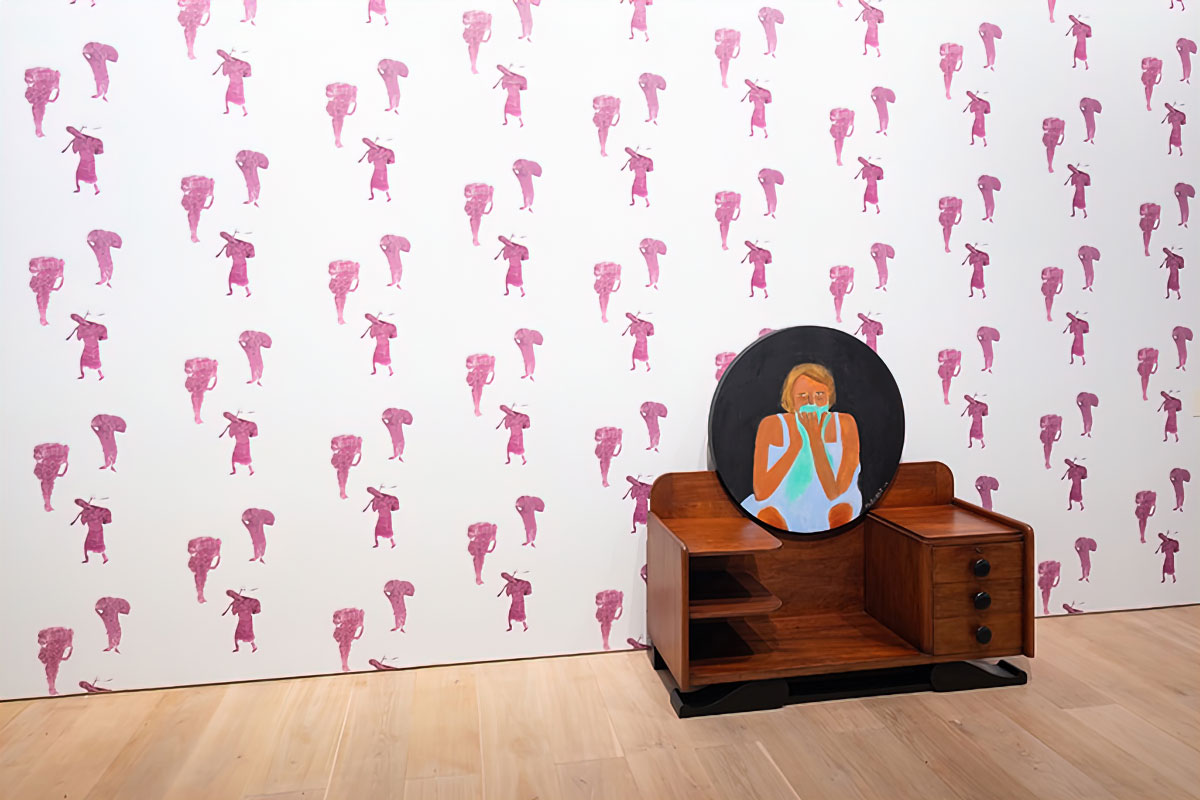
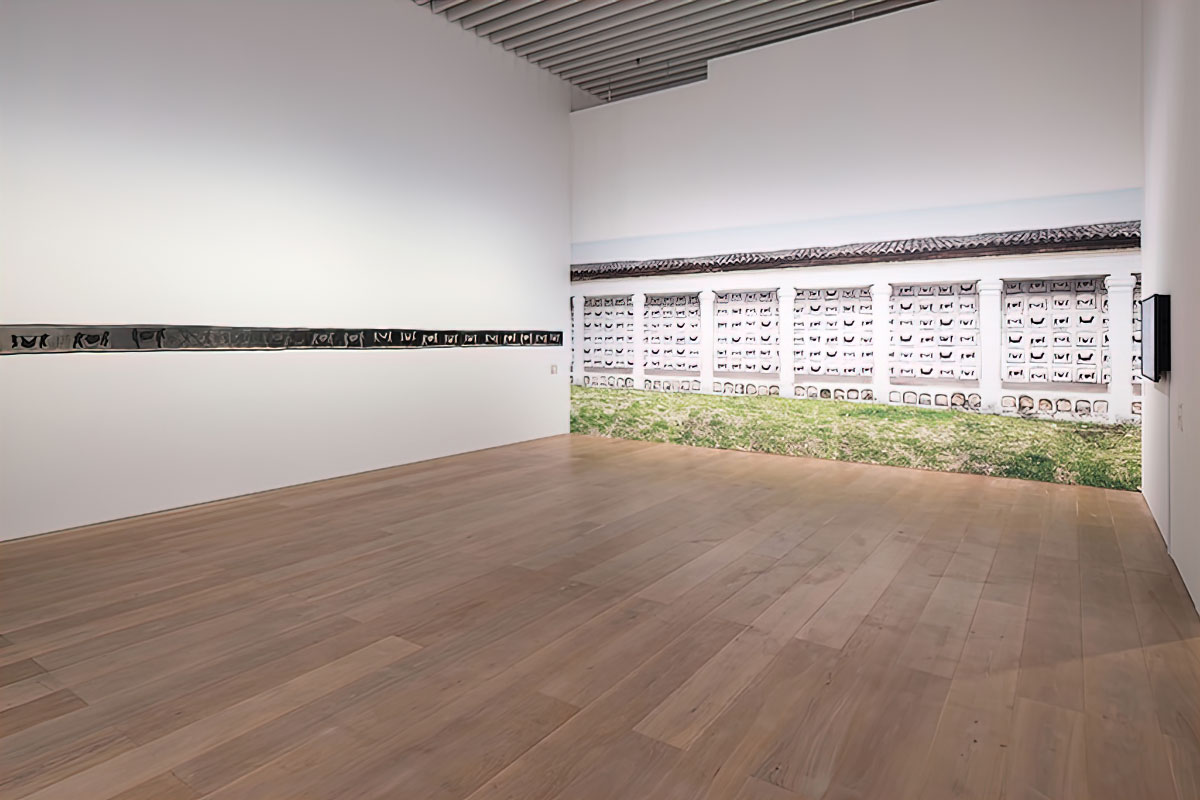
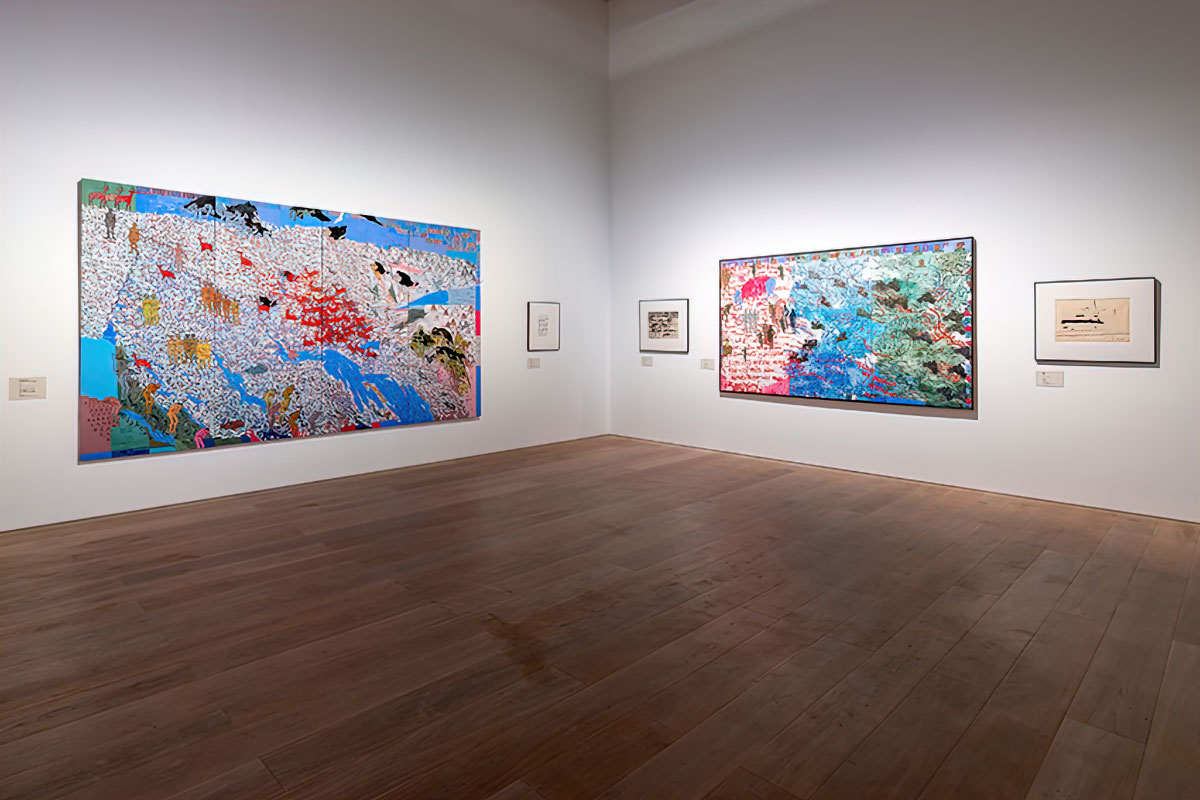
Arpita Singh, Installation view: Another Energy: Power to Continue Challenging – 16 Women Artists from around the World, Mori Art Museum, Tokyo, 2021, Photo: Furukawa Yuya, Photo courtesy: Mori Art Museum, Tokyo
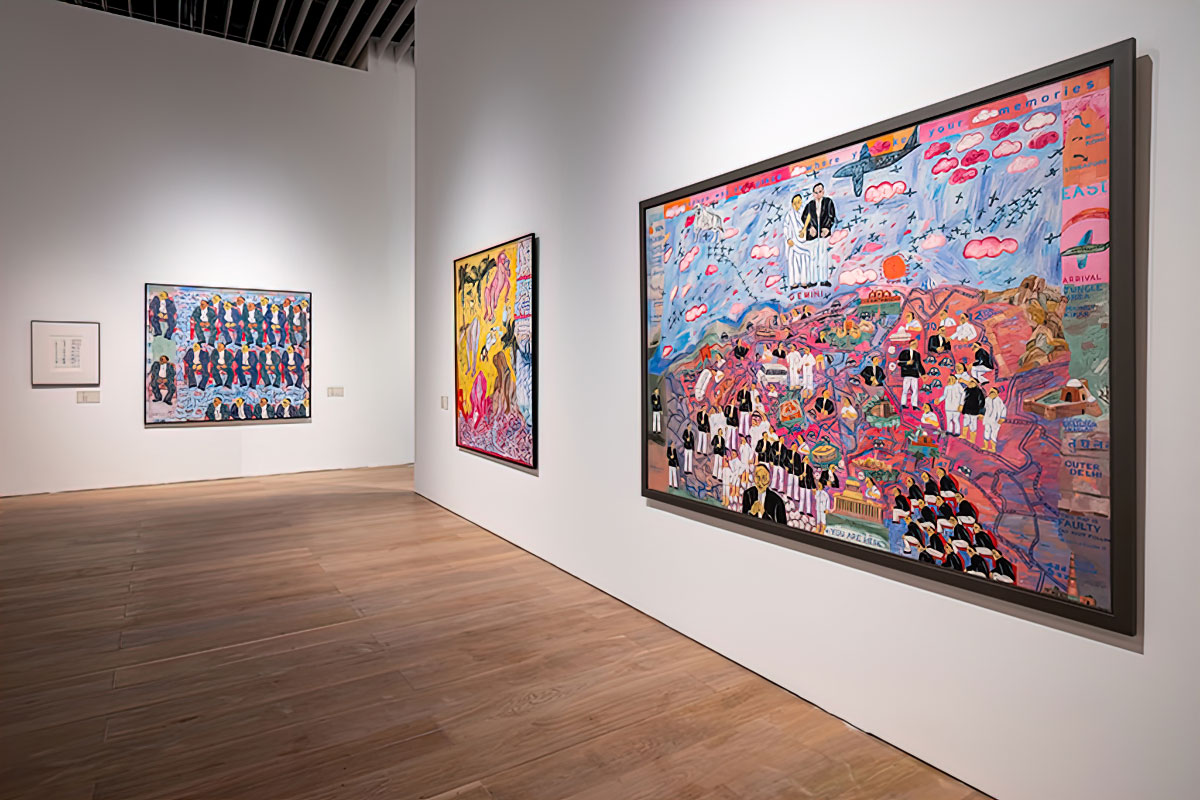
Arpita Singh, Installation view: Another Energy: Power to Continue Challenging – 16 Women Artists from around the World, Mori Art Museum, Tokyo, 2021, Photo: Furukawa Yuya, Photo courtesy: Mori Art Museum, Tokyo
